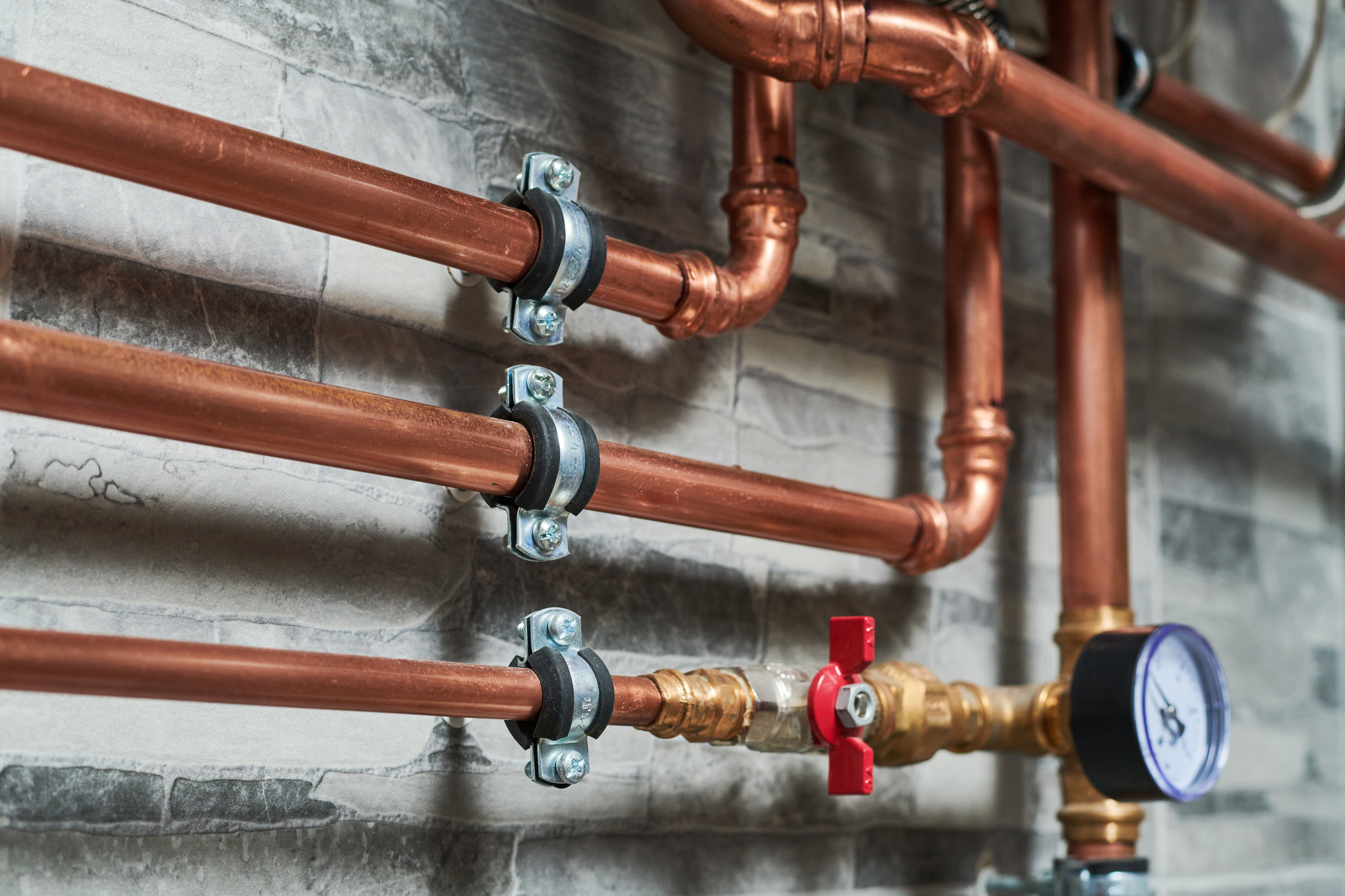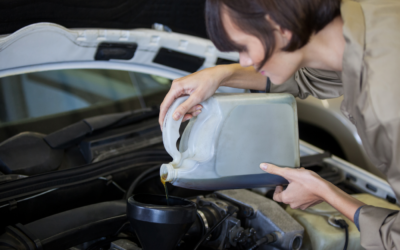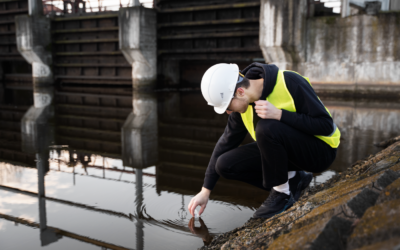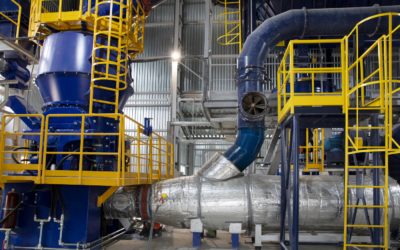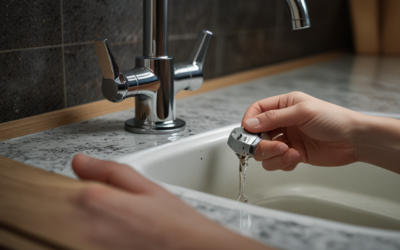As a homeowner, it’s important to have a basic understanding of the plumbing system in your home. From the pipes to the fixtures, each component serves an important function in keeping your home’s plumbing functioning properly. One of the most critical aspects of residential plumbing is the piping system. So, what exactly is this piping system? Let’s explore in this guide to understanding residential plumbing.
Piping System Basics
The piping system in your home consists of a network of pipes that supply water to your sinks, toilets, bathtubs, and other fixtures. These pipes are typically made of copper, PVC, PEX, or galvanized steel. Each material offers its own set of advantages and disadvantages, depending on the specific needs of your home.
Copper pipes have been used for decades and are known for their durability and resistance to corrosion. PVC pipes are lightweight and cost-effective, making them a popular choice for plumbing installations. PEX pipes are flexible and easy to install, making them ideal for tight spaces and hard-to-reach areas. Galvanized steel pipes were once the go-to choice for residential plumbing, but they have fallen out of favor due to their susceptibility to corrosion and rust.
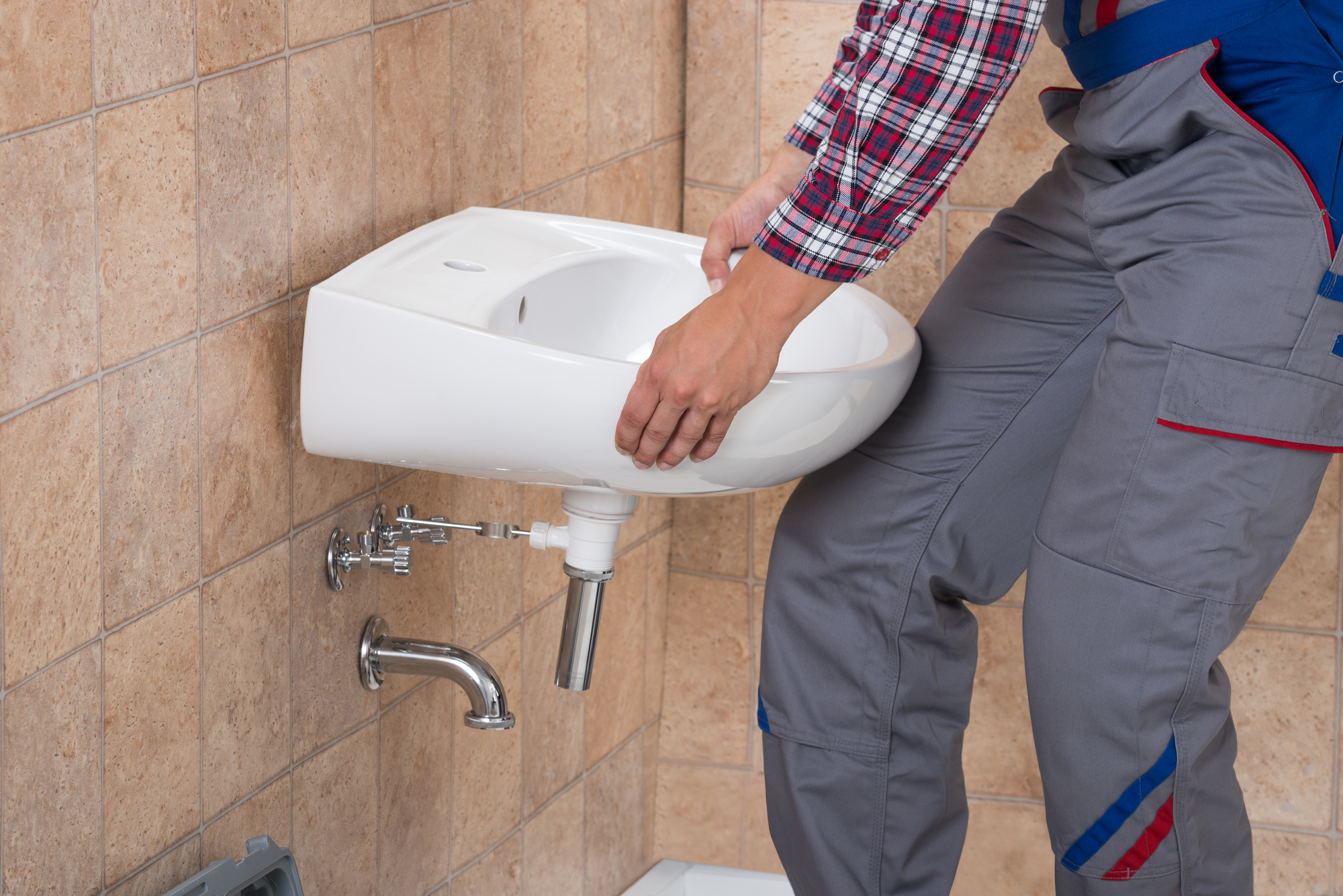
Types of Piping Systems
There are two main types of piping systems in residential plumbing: the water supply system and the drainage system. The water supply system delivers clean, potable water to your home, while the drainage system removes wastewater and sewage.
The water supply system typically consists of a main water line that connects your home to the municipal water supply. From there, the water is distributed to various fixtures throughout your home via a series of smaller pipes. The water supply system also includes shutoff valves, pressure regulators, and various other components that control the flow and temperature of the water.
The drainage system, on the other hand, is responsible for carrying wastewater and sewage away from your home and into the municipal sewer system or septic tank. This system consists of a series of pipes that are angled downward to allow for gravity to pull the wastewater away from your home. The drainage system includes a variety of components including drainage traps, vents, and cleanouts.
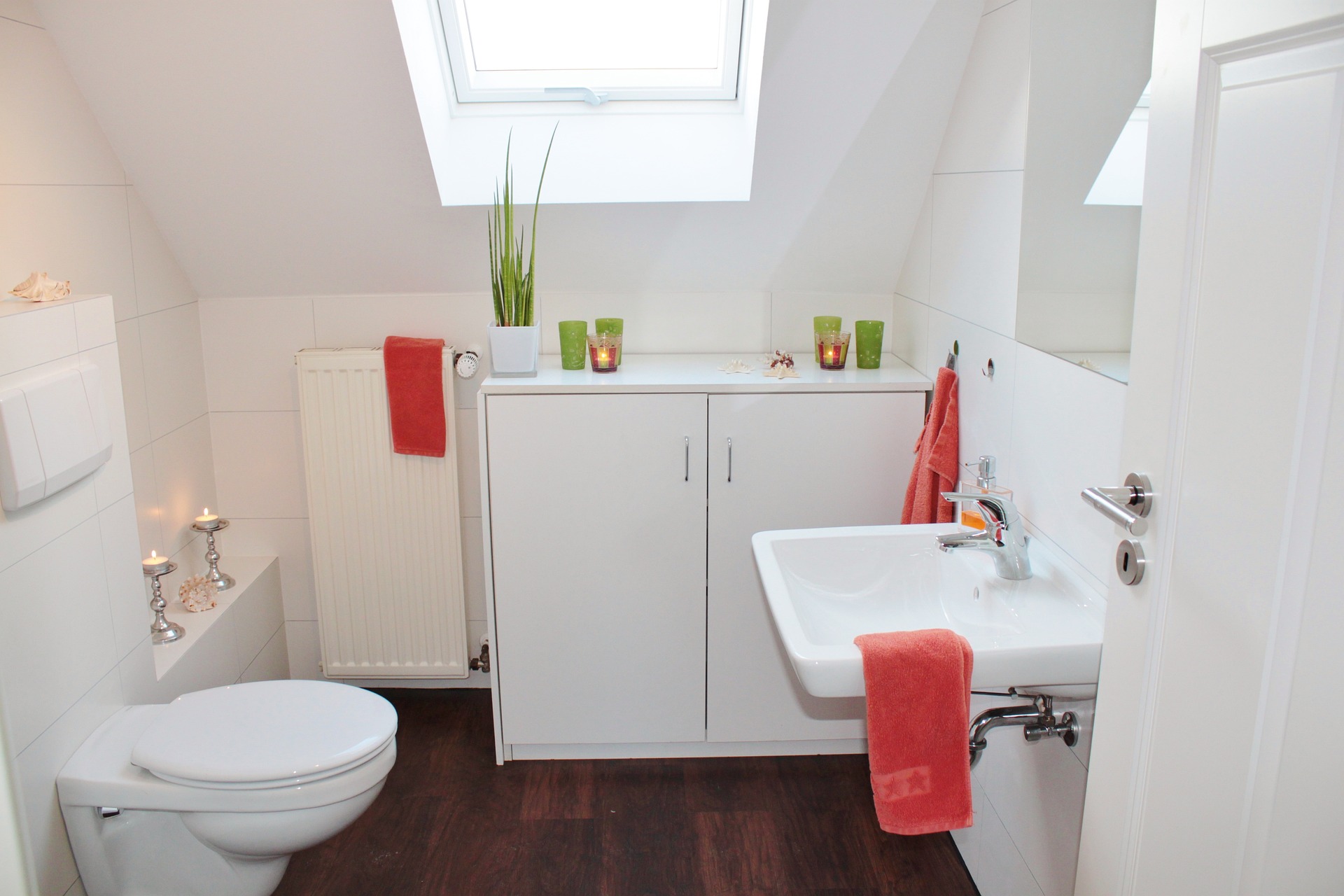
Maintaining Your Piping System
While the piping system may seem complicated, it’s relatively easy to maintain with regular care and maintenance. Here are a few tips to keep your home’s piping system running smoothly:
1. Inspect your pipes for signs of corrosion or damage. If you notice any rust, leaks, or other signs of wear and tear, it’s important to address these issues as soon as possible.
2. Keep an eye on your water pressure. High water pressure can cause pipes to burst or leak, leading to expensive damage. Consider installing a pressure regulator to keep water pressure at a safe level.
3. Clean your drains regularly to prevent clogs and backups. Use a plunger or drain snake to remove any blockages, and avoid pouring grease or other fats down the drain.
Conclusion
Understanding your home’s piping system is an important part of maintaining your plumbing. From the materials used to the types of systems in place, each component plays a critical role in keeping your plumbing functioning properly. By taking the time to educate yourself on your home’s plumbing system, you can ensure that it’s running smoothly for years to come. For all your plumbing needs, contact Ace Plumbing Repair at (844) 711-1590, or visit our website at aceplumbingrepair.com.

